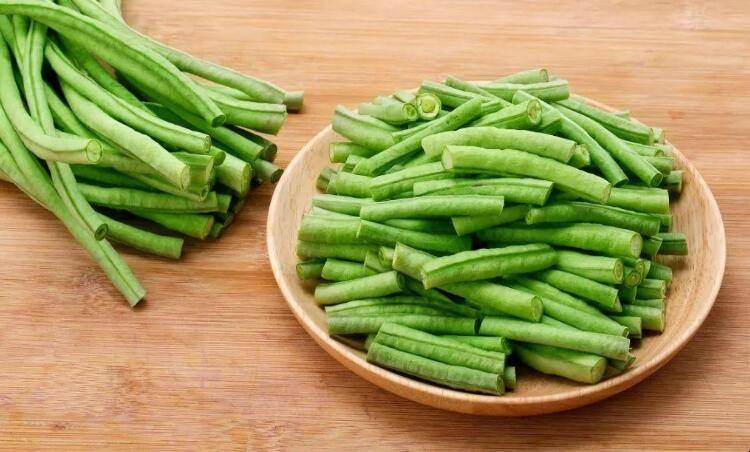Agricultural food processing into trends
With the continuous progress and breakthroughs in cowpea breeding work and planting technology in my country, cowpea planting has developed into a large-scale and standardized development, which has brought strong support for agricultural value-added and farmers' income. At the same time, in the process of greatly improving the quality and output of cowpea, the evolution of cowpea post-production processing to refinement and deepening has also become an important part of the industry's quality and efficiency improvement.
The first thing to mention is that although cowpea has a high yield, its maturity is mainly in summer, and the harvest time and standards need to be strictly controlled to avoid premature harvesting and low unit yield; If the harvest is too late, there will be problems such as bulging beans, rust, high postpartum loss, and if it is difficult to sell in time after batch picking, it will also lead to poor quality. In this regard, it is necessary to strengthen the postpartum treatment of cowpea.

In the current process of reducing loss and improving quality of agricultural products, scientific pre-cooling to reduce "field heat" has become more common. For example, after harvesting cowpea and other fruits and vegetables, pre-cooling equipment is used for processing. The vacuum pre-cooling and fresh-keeping technology will be used to take away the original heat of agricultural products in a short time, reduce their respiration intensity, and inhibit the reproduction of microorganisms, so as to effectively maintain Freshness and quality of produce. In addition, cold storage pre-cooling, differential pressure pre-cooling and other methods also have strong applicability in the processing of agricultural products. Compared with traditional natural cooling and water pre-cooling, they also have the advantages of higher efficiency and more reasonable resource utilization.
Secondly, for high-yield cowpea, strengthening post-production processing is also an important foothold to promote the full utilization of agricultural products and realize value conversion. For cowpeas, pickling, drying, etc. are relatively common processing methods, but in the past, this link mostly existed in small family workshops. Although natural drying and quantitative pickling can realize the value conversion of cowpeas, the benefits increase. Not too big.
As my country has accelerated the structural reform of the agricultural supply side in recent years, the transformation of cowpea planting and processing to industrialization and scale has made the application of food machinery and equipment in the processing of agricultural products more widely, bringing about important changes. For example, the cowpea dryer can use electric heating and steam heating for constant temperature drying, which reverses the situation of "see the sky and eat" in one fell swoop. There is also a pickled cowpea processing production line consisting of a pasteurizer, a cooling tank and a vibrating drainer, etc., and the post-production cowpea processing has entered the fast lane of integration.




